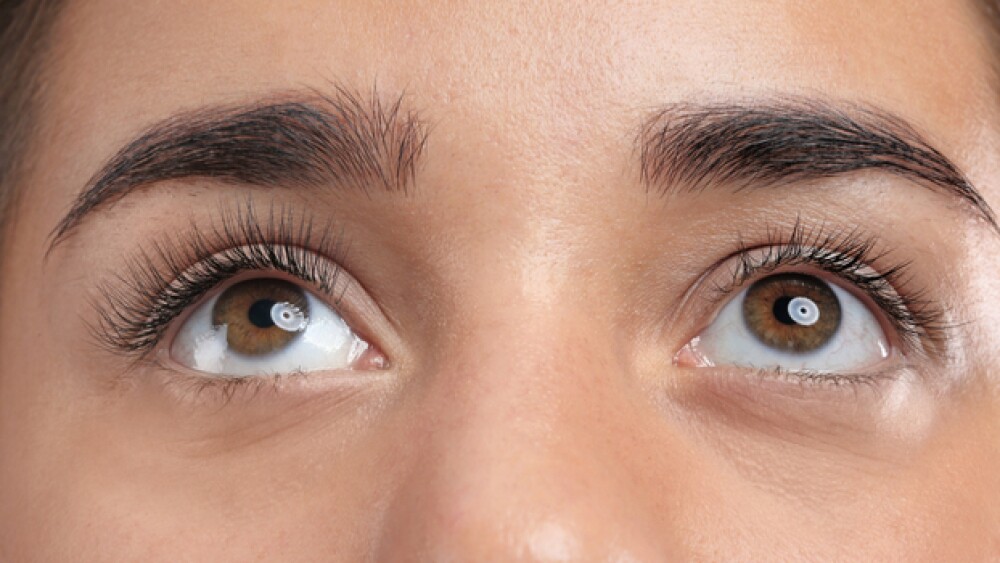Shares of Paris-based GenSight plunged nearly 19 percent Monday after the company announced that its gene therapy for Leber hereditary optic neuropathy (LHON) failed to show a significant effect in patients at 48 weeks.
Shares of Paris-based GenSight plunged nearly 19 percent Monday after the company announced that its gene therapy for Leber hereditary optic neuropathy (LHON) failed to show a significant effect in patients at 48 weeks.
This morning, the company announced its Phase III RESCUE trial did not hit the mark that the company was hoping it would. The French company said the gene therapy, GS010, performed slightly worse than placebo. The patients treated with the experimental gene therapy had experienced visual loss due to LHOB up to six months prior to treatment with the clinical asset. The patients in the study received an intravenous injection of GS010 in one eye, with a sham injection in the other eye. Drug treatment was randomized between best- and worst-affected eyes, the company said.
At Week 48, change from baseline for GS010-treated eyes was -19 ETDRS letters equivalent, while that for sham-treated eyes -20 ETDRS letters equivalent, GenSight said this morning. That translated into a mean improvement over the nadir of vision loss of +13 ETDRS letters for GS010-treated eyes and +11 ETDRS letters equivalent in sham-treated eyes. The primary efficacy endpoint, defined as a +15-letter difference in visual acuity improvement for GS010-treated eyes compared to sham-treated eyes at 48 weeks, was not met, the company said.
LHON is a rare and inherited mitochondrial genetic disease, characterized by the degeneration of retinal ganglion cells that results in irreversible vision loss that can lead to legal blindness.
As is typical of many clinical assets that fail in a late stage, GenSight pointed to some positive data from the trial that it believes can help move the treatment forward toward eventual regulatory approval. The company said GS010-treated eyes were significantly more likely than sham-treated eyes to have 20/200 or better vision, the threshold for legal blindness. Additionally, the company noted that 24 percent of patients showed the change from baseline of high-contrast visual acuity in GS010-treated eyes “was at least 0.3 LogMAR (15 ETDRS letters) better than in sham-treated eyes.” Another subject responder analysis showed that in 24% of subjects, the change from baseline of low-contrast acuity (measured on the Pelli-Robson scale) in GS010-treated eyes was at least 0.3 LogCS better than in sham-treated eyes, the company noted.
GenSight Chief Medical Officer Barrett Katz said researchers saw “more improvement in both anatomic measures and visual functions as the disease entered its chronic phase.” Extended data taken at week 72 and week 96 should confirm the efficacy of GS010, he added. That data is expected to be available in April and in May, respectively. At the time, week 96 data is available, data from the trial will be unblended, allowing subject-level analyses to be conducted.
“As expected, the RESCUE results at Week 48 present a more complex picture because of the intense, brutal and extremely rapid onset of the retinal ganglion cells’ degeneration,” Bernard Gilly, co-founder and chief executive officer of GenSight said in a statement. “But as with REVERSE, later readouts are likely to confirm our confidence in the efficacy of GS010. We eagerly await these upcoming readouts, even as we prepare to discuss the results with the relevant authorities.”
Gilly added that the company remains committed to bringing GS010 to the market as early as possible, “so that LHON patients can have an effective treatment for their relentlessly blinding disease.”





